[最新] music notes and beats 166350-Music notes and beats quiz
Dotted rhythms are a crucial tool in notating music notes However, the use of dotted rests in traditional music notation is limited and can be a cause of controversy This is becuase rests should not "cross the beat" – you should always be able to see separation between the beats in a piece of music Have a look at these examplesMake tunes in your browser and share them with friends!Made by Jacob Morgan and George Burdell · Hosting 1,5,171 sequences since 13 · Buy me a coffee!
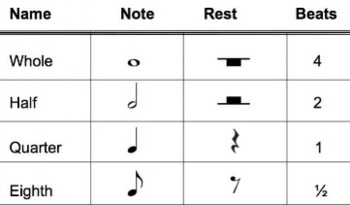
Choir Distance Learning Sub Plan Intro To Music Notes Rests Google Form
Music notes and beats quiz
Music notes and beats quiz-Taken together, the note, stem, and flag or flags show the musician the time value for any given note, as measured in beats or fractions of beats When you listen to music, and you're tapping your foot in time to the music, you're recognizing that beatIf you are just beginning in music you probably use the quarter note (crotchet) as a basis for note durations and have been taught that this is worth 1 beat This is certainly true in a time signature with a 4 on the bottom From the rhythm tree you can easily see how there are 2 quarter notes in half note (2 crotchets in a minim) and 4 quarter
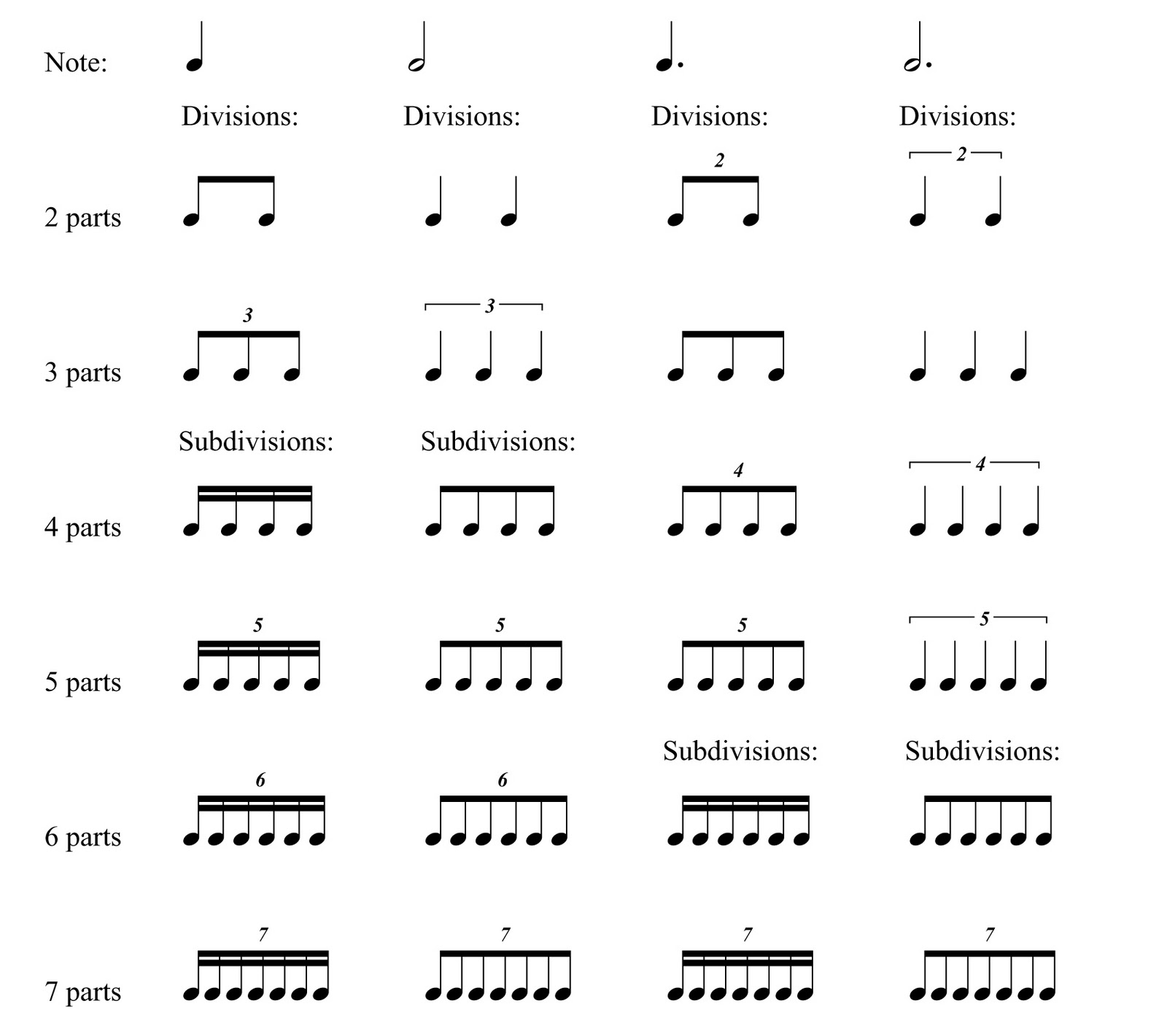


Note Duration And Divisions Music Theory Tips
The first measure contains a half note (two beats) followed by two quarter notes (one beat each), the second measure contains an alternation between two quarter notes (one beat each) and two pairs of eighth notes (one beat each), etcThe first note is called a semibreve or in the US it's called a ' whole note ' It's like aThe following table of notes and rests indicates how many steady beats long each note is and how many steady beats long its corresponding rest is in 4/4 time (4/4 meter) NOTE NAME LENGTH OF THE NOTE AND REST REST NAME sixteenth note sixteenth rest 4 beats long whole rest 2 beats long half rest 1 beat long
If you put 2 eighth notes (quavers) next to each other, instead of writing 2 separate notes with 2 tails you join the tails together to make a beam So, all the notes in the score below are the same length You can do the same with 2 sixteenth notes (semiquavers) by joining both the pairs of tails together to make 2 beamsMusical symbols are marks and symbols in musical notation that indicate various aspects of how a piece of music is to be performed There are symbols to communicate information about many musical elements, including pitch, duration, dynamics, or articulation of musical notes;The advanced version of these musical math problems add the dotted half note to the mix of notes Add the notes together to find the amount of beats 3rd through 5th Grades
A note is a symbol that describes both beat and pitch level of music A beat is an actual entity something that makes sound or is felt by all the musicians aand the audience Beats are about timing Pitch is about the level (high, low) of tonesThe Notes in Western Styles of Music In this guide, we're focused on western popular styles Music is universal, but around the world people use different time signatures, pitches and naming standards when it gets made You might already know the basic notes in music but if not here's a quick refresherIn order to read a music piece, we need to know the note values, and names of each note The following section shows us the different values of notes, that is, how long each note lasts 4 beats called a semibreve (whole note) 3 beats called a dotted minim (dotted half note) 2 beats called a minim (half note) 1 beat called a crotchet


Free Beginner Drums Lesson 2 Learn To Play Music Blog
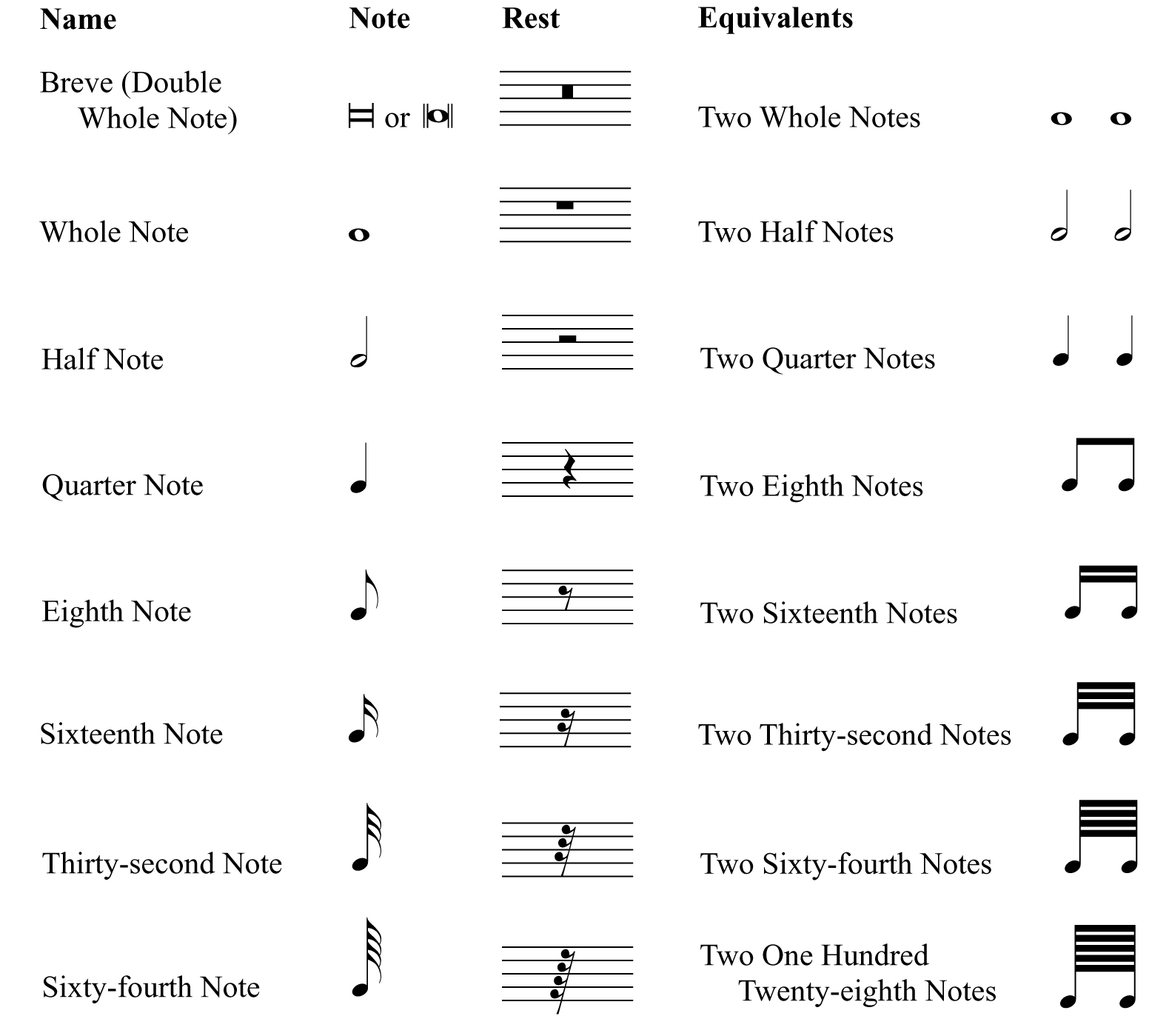


Note Duration And Divisions Music Theory Tips
Sheet music MIDI (piano roll) Notice how all of the notes in each measure still add up to four beats;OnlineSequencernet is an online music sequencer Make tunes in your browser and share them with friends!Note lengths (described in the next step) are partially dependent on the time signature The time signature consists of two numbers, one on top of the other The top number tells how many beats are in a measure (think of the beat as the steady pulse of the music) The bottom number tells which note gets one beat


Music L1 Notes School Amino



Learn The Basics Of Rhythm From West Music West Music
Sixteenth notes and rests only last for one fourth of a beat When you are counting the rhythm of sixteenth notes, the usual way is to say "eanda" between each beat This subdivides each beat by four, and makes it easier to count the sixteenth notes and rests evenly Like this One eanda, Two eanda, Three eanda, Four eandaA note is a symbol that describes both beat and pitch level of music A beat is an actual entity something that makes sound or is felt by all the musicians aand the audience Beats are about timing Pitch is about the level (high, low) of tonesSixteenth notes and rests only last for one fourth of a beat When you are counting the rhythm of sixteenth notes, the usual way is to say "eanda" between each beat This subdivides each beat by four, and makes it easier to count the sixteenth notes and rests evenly Like this One eanda, Two eanda, Three eanda, Four eanda



Note Duration And Divisions Music Theory Tips
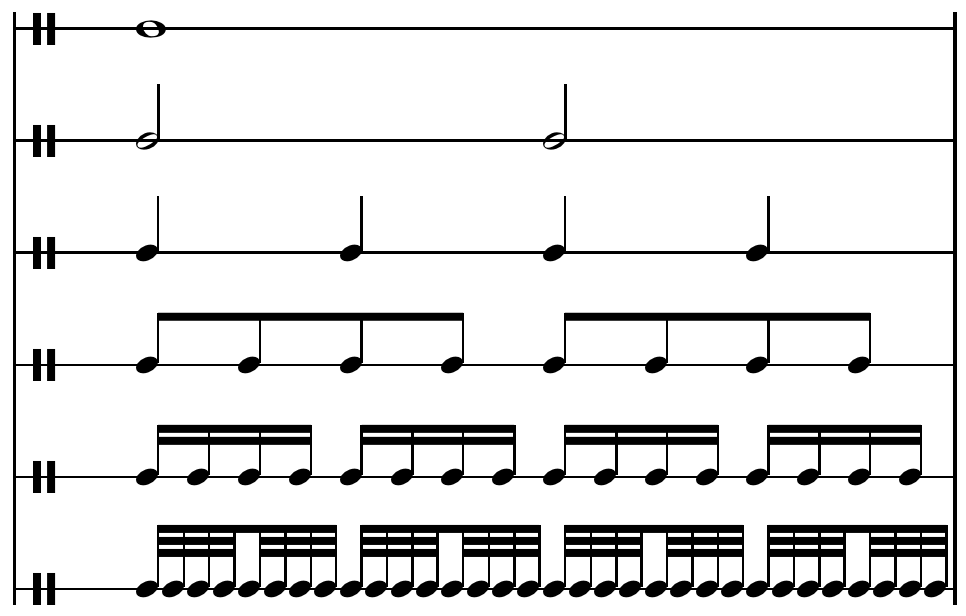


Half Note Wikipedia
OnlineSequencernet is an online music sequencer Make tunes in your browser and share them with friends!The Notes in Western Styles of Music In this guide, we're focused on western popular styles Music is universal, but around the world people use different time signatures, pitches and naming standards when it gets made You might already know the basic notes in music but if not here's a quick refresherDetermines the beat or rhythm of the musical piece The top number of the time signature tells how many beats are in each measure, while the bottom number determines what type of note gets one beat The example to the left shows a time signature of 6/8 This means there are six beats per measure and an eighth note gets one beat



Football Music Notes Quarter Eighth Half Whole Notes W Answer Key Music Notes Music Education Resources Music Education Activities
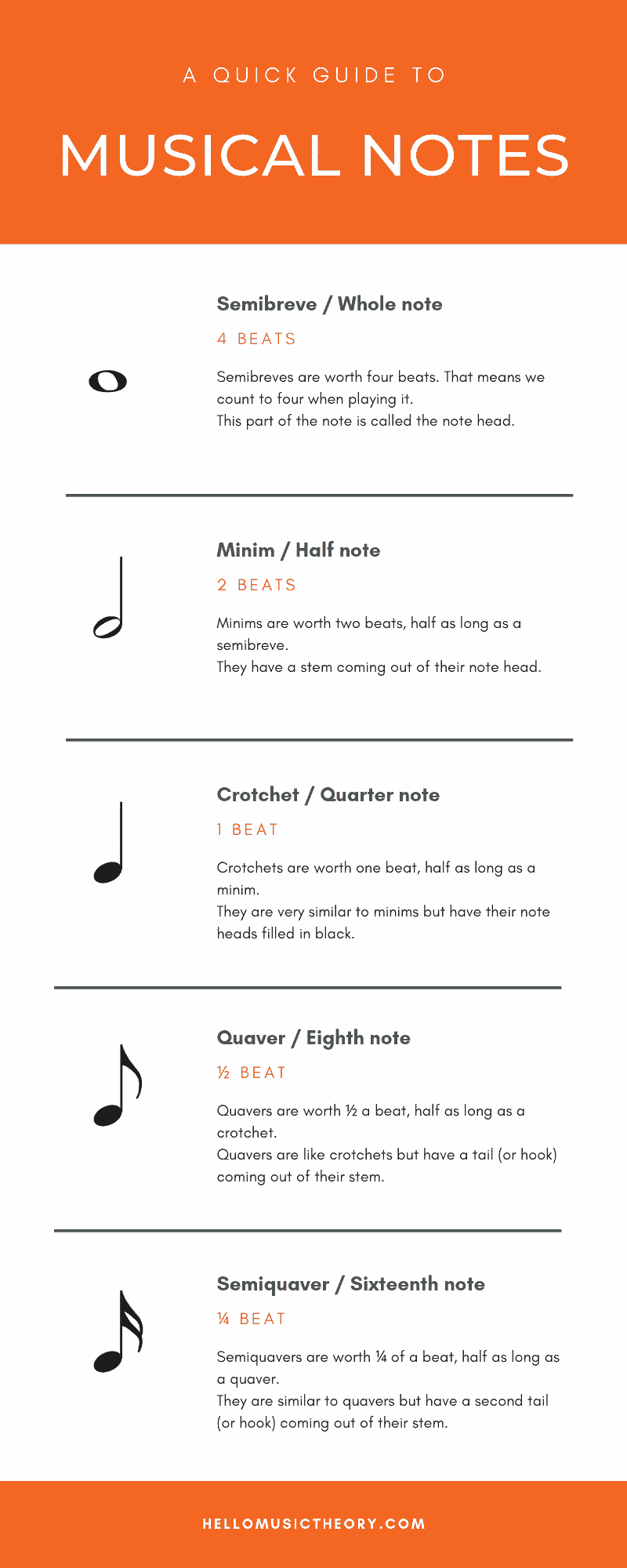


Types Of Musical Notes Hello Music Theory
6 Three Beats in a Bar Trace and colour the treble clefs, time signatures and notes In the top line, draw bar lines to divide the groups of three beats In the bottom line, add crotchets or quaver groups to give each bar three beats Notes and Beats for Beginners Three crotchet beats in each bar Three crotchet beats in each barA dot that is placed after the note to indicate a change in the duration of a note The dot adds half of the value of the note to itself For example, a dotted half note gets 3 beats value of a half note is 2, half of 2 is 1 so 2 1 = 3Notes of different lengths can also be joined in this way, as long as they are all less than a quarternote (in other words, they all have flags) Each grouping must finish wherever there is a note without a flag, and usually wherever there is a rest Let's look at some examples
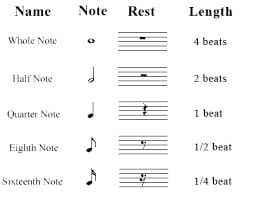


How To Read Sheet Music Violin Notes For Beginners Takelessons


Notes
BPM means beats per minute The tempo indication always refers to a certain note value, often a quarter or three eighth note It determines, how many of these notes are played within one minute The higher the tempo and the larger the note value it refers to, the faster the music is Common tempi are between 40 (very slow) and 0 (very fast)In music and music theory, the beat is the basic unit of time, the pulse (regularly repeating event), of the mensural level (or beat level) The beat is often defined as the rhythm listeners would tap their toes to when listening to a piece of music, or the numbers a musician counts while performing, though in practice this may be technically incorrect (often the first multiple level)Magic Feet Follow the Beat is a brilliant way to have some fun and blow off a bit of steam while learning and practising the concept of note values A Fun Way To Teach Note Values Magic Feet Follow The Beat This game is ideal for music classes or played with a group of friends You need a tambourine or drum, and a bit of space



When The Whole Note Is 8 Beats Piano Chart Notations Music Words



Add Up The Beats School Music Activities Music Math Music Theory Worksheets
Half Note Receiving One Beat, Worksheet 36 Sixteenth Note and Eighth Note Triplets, Worksheet 37 Quarter Note Triplets, Worksheet 38 Combining Concepts with Triplets, Worksheet 39 (The same music as 45, but without marked counts) Introducing 12 / 8 Time, Worksheet 47 Introducing 12 / 8 Time, Worksheet 48 (The same music as 47, butA dot that is placed after the note to indicate a change in the duration of a note The dot adds half of the value of the note to itself For example, a dotted half note gets 3 beats value of a half note is 2, half of 2 is 1 so 2 1 = 3*This will sign you up to our "Music Help" newsletter featuring weekly music secrets and new beats We will not spam or give away your email address You may opt out at any time by clicking "Unsubscribe" in future emails If you cannot find your first email, look in your SPAM or "Promotions" folder Add us to your safe sender's list Enjoy
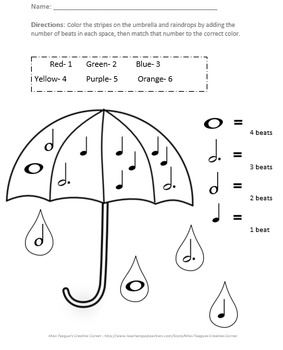


Spring Umbrella Music Notes Math Coloring Sheet Tpt
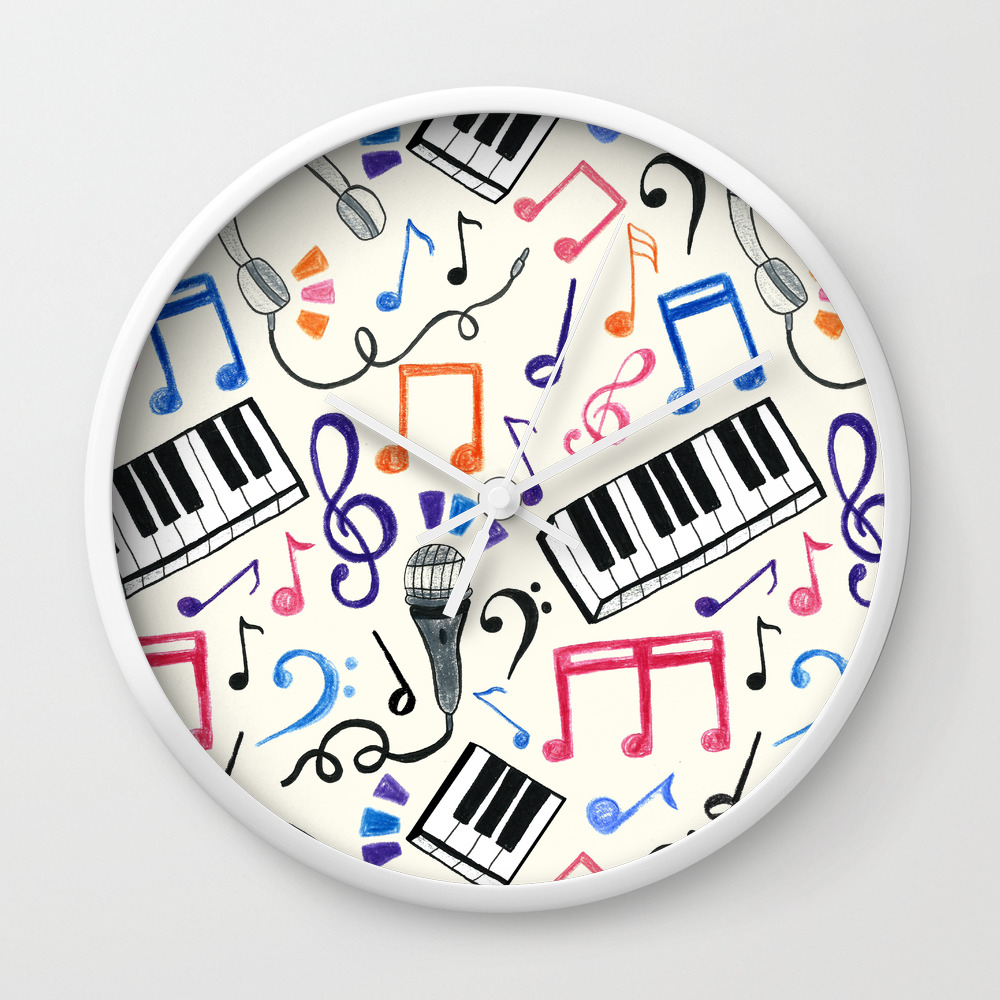


Good Beats Music Notes Symbols Wall Clock By Tangerinetane Society6
Text to the side is "So a quarter note is one beat The dot adds half the notes value, so it would equal 1 1/2 beats" Image of dotted half note equals a half note plus a quarter note Text to the side is "A half note equals 2 beats The dot adds half of the notes value, so it would be 3 beats"In music and music theory, the beat is the basic unit of time, the pulse (regularly repeating event), of the mensural level (or beat level) The beat is often defined as the rhythm listeners would tap their toes to when listening to a piece of music, or the numbers a musician counts while performing, though in practice this may be technically incorrect (often the first multiple level)A basic set of note values include the whole note, dotted half note, half note and quarter note In a single piece of music a composer will use a variety of rhythmic values The WHOLE NOTE receives 4 BEATS (Count 1234)



Black Music Notes Png Images Transparent Black Music Notes Image Download Page 4 Pngitem



Rhythm Cards And Activities Music Rhythm Music Rhythm Cards Teaching Music
The first eighth note is tied to a 16th, half, and another 16th This would add up to being a dotted half note (3 beats) The quarter note tied with the whole note will sustain through the end of the measure to equal a length of a whole note plus a quarter noteMusic Notes and Rests STUDY Flashcards Learn Write Spell Test PLAY Match Gravity Created by MaggieMcNeice notes, rests, beats, 4/4 Key Concepts Terms in this set (19) A dot following a half note is worth 1 beat A dot following a quarter note is worth 1/2 beat 4/4 Meter 4 beats in a measure A quarter note is one beat RestIn music and music theory, the beat is the basic unit of time, the pulse (regularly repeating event), of the mensural level (or beat level) The beat is often defined as the rhythm listeners would tap their toes to when listening to a piece of music, or the numbers a musician counts while performing, though in practice this may be technically incorrect (often the first multiple level)



How To Read Ukulele Music Your Guide To Understanding Musical Notation Ukulele
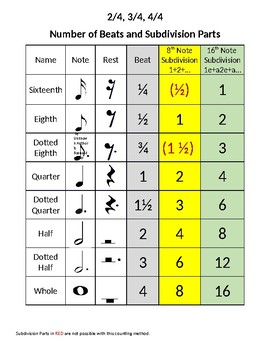


Music Note Beats Chart Verse
The quarter note has become the de facto standard 1 beat music noteThis has happened as the 4/4 time signature is the most popular (with 3/4 and 2/4 following close behind) and quarter notes have a duration of 1 in these time signaturesSoundfly helps curious musicians meet their goals with creative online courses Whatever you want to learn, whenever you need to learn it — subscribe now toThe advanced version of these musical math problems add the dotted half note to the mix of notes Add the notes together to find the amount of beats 3rd through 5th Grades



Musical Symbols Mypmusicjocelyn



Measures And Time Signature Piano Music Theory
Play with notes and scales Now that you've learned a bit about notes and scales, spend some time creating your own patterns You can try out how your patterns sound with different collections of notes by changing the Tonic and Scale settings (These terms are explained in the Advanced topics lessons but you can already play with them here!) You can also create beats that will play in syncAs we said before, a simple time signature indicates that the beat can be divided by two Let's look at this example of a 3/4 time signature We know that a 3/4 time signature means there are three beats in a measure, and one quarter note equals one beat Notice in the second measure that each of those beats can be divided in twoJunior Note Names 2 The language used here is 'whole notes, half notes, quarter notes etc' instead of 'semibreves, minims etc' In all other respects this set of worksheets is identical to 'Junior Note Names' above Notes and Beats for Beginners 424 KB A set of 10 worksheets
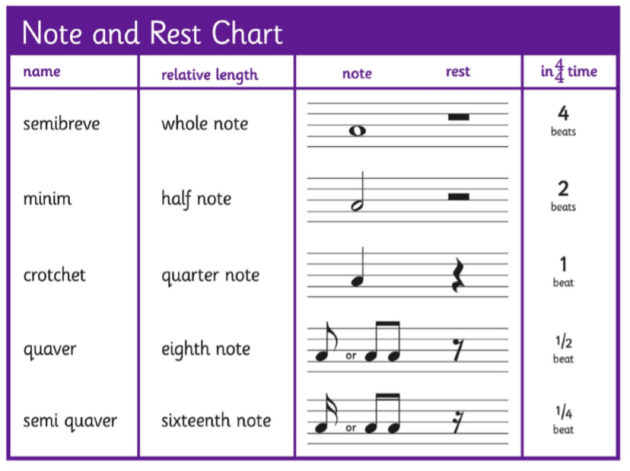


What Is A Crotchet Answered Twinkl Teaching Wiki



Pin On Teaching Ideas
Reading Music Note Value Once we understand the concept of measure and beats, we can start reading music Note how a half note will take the duration of two percussive sounds (two beats), the quarter note will take just one beat and the whole note has a four beats duration Translated by Dan Román, revised by Sue TalleyJunior Note Names 2 The language used here is 'whole notes, half notes, quarter notes etc' instead of 'semibreves, minims etc' In all other respects this set of worksheets is identical to 'Junior Note Names' above Notes and Beats for Beginners 424 KB A set of 10 worksheetsMagic Feet Follow the Beat is a brilliant way to have some fun and blow off a bit of steam while learning and practising the concept of note values A Fun Way To Teach Note Values Magic Feet Follow The Beat This game is ideal for music classes or played with a group of friends You need a tambourine or drum, and a bit of space
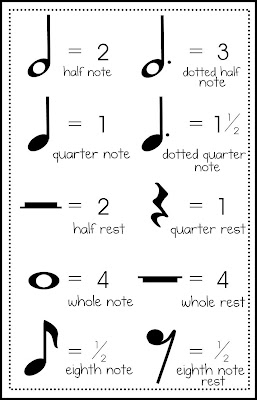


Relentlessly Fun Deceptively Educational A Music Measure Of Math
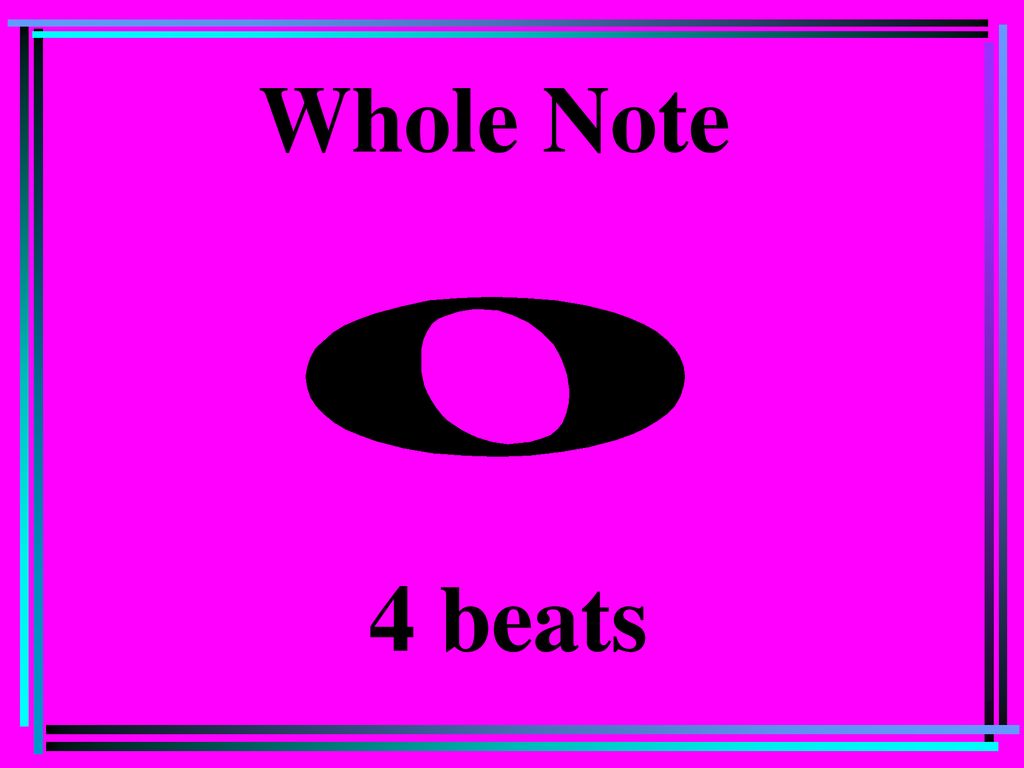


Music Notes And Their Values Ppt Download
It is most common for a 4 to appear on the bottom, giving the quarter note the beat In 4/4 time, the top note tells you that there are 4 beats in a measure, and the bottom note tells you that a quarter note gets the beat In 2/4 time, there are 2 beats in a measure, but you are still counting a quarter note as a beatMade by Jacob Morgan and George Burdell · Hosting 1,5,171 sequences since 13 · Buy me a coffee!In the example above, the time signature is 4/4, meaning there are 4 beats per bar and that every quarter note gets one beat Click here to listen to sheet music written in 4/4 time, and try counting along 1,2,3,4 – 1,2,3,4 with the beat numbers above In the example below, the time signature is 3/4, meaning there are 3 beats per bar and that



Types Of Musical Notes Hello Music Theory



Music Notes Help Sheet Teaching Resources
Make tunes in your browser and share them with friends!You Can't Beat My Regard For You Music Notes And Beats Pun Postcard We sell a wide variety of vintage ephemera, postcards, and other amazing paper collectibles Please see pictures for condition and email with any questionsThe upper number tells us the number of beats in a bar, and the lower number indicates the time value of each beat Eg 44 shows there are four quarter (crotchet) beats in each bar that follows The shape of each note indicates their time value, ie the length of time a note should last in relation to others



Best Music Note Teaching Beats 61 Ideas Musicnotes Beef Fajita Marinade In Learn Music Theory Reading Sheet Music Music Theory Lessons
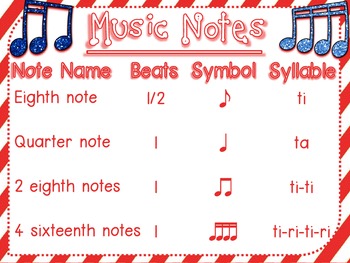


Music Notes Rests Posters Color Black White Plus Editable Versions
Tempo, metre, form (eg, whether sections are repeated), and details about specific playing techniques (eg, which


Untitled



Choir Distance Learning Sub Plan Intro To Music Notes Rests Google Form


Lego Beats Music Manipulatives Let S Play Music



A Complete Guide To Time Signatures In Music Musicnotes Now



How To Read Music Part 2 How Rhythm Really Works School Of Composition



Beat Music Wikipedia
:max_bytes(150000):strip_icc()/rests-5b4cc3edc9e77c001ae45669.jpg)


Music Theory 101 Dotted Notes Rests Time Signatures



Beats And Music Notes Symbols Page 1 Line 17qq Com



Home Page Music You Can Read Kodaly Orff Solfeggio Elementary Music Curriculum
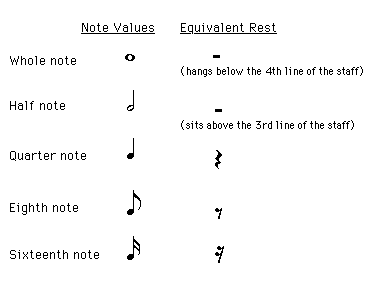


Note Values



Rhythm Notation The Basics How Many Beats Does Each Note Get Each Note And Rest Has A Certain Number Of Beats In Other Words The Most Common Notes And Their Lengths Are A Whole Note Has Four Beats A Half Note Has Two Beats A Quarter Note Has


Jazclass Reading Music 9 Eighth Notes Quavers
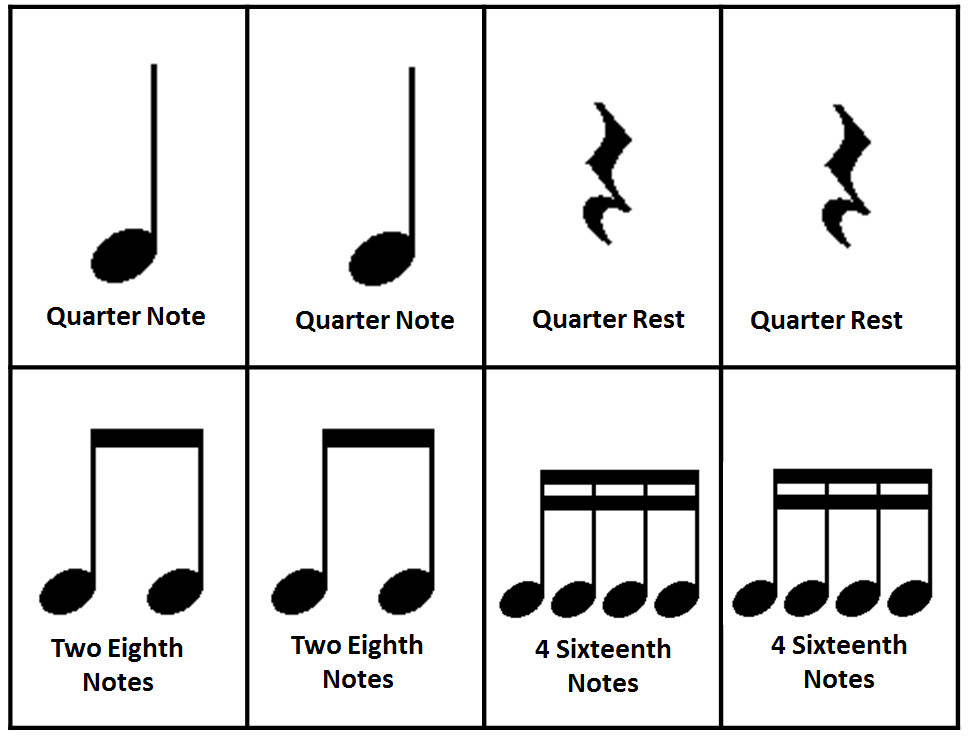


Games Centers Ms Mangusso S Music Class



How To Count Music 13 Steps With Pictures Wikihow



Nothing Found For Category Beginner Music Reading Tips Music Notes Music Theory Teaching Music



Rhythm Basics Beat Measure Meter Time Signature Tempo


Jazclass Terminology Of Notes Rests



How To Count Music 13 Steps With Pictures Wikihow
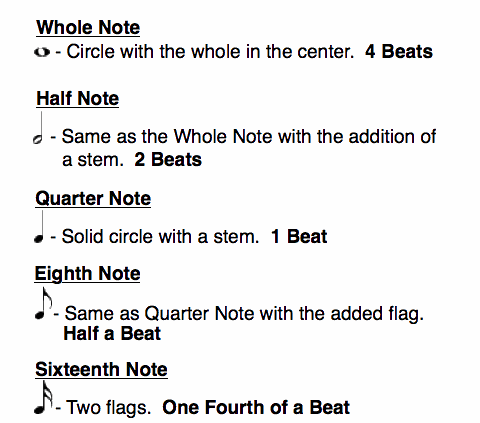


Music Note Symbols And How To Use Them
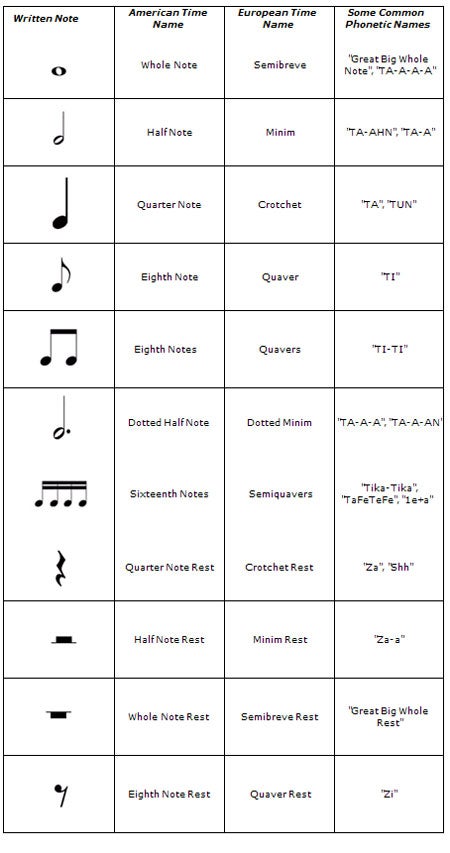


How To Read Music 10 Steps Instructables


1



Good Beats Music Notes Symbols Throw Blanket By Tangerinetane Society6


Untitled


Untitled



Types Of Musical Notes Hello Music Theory
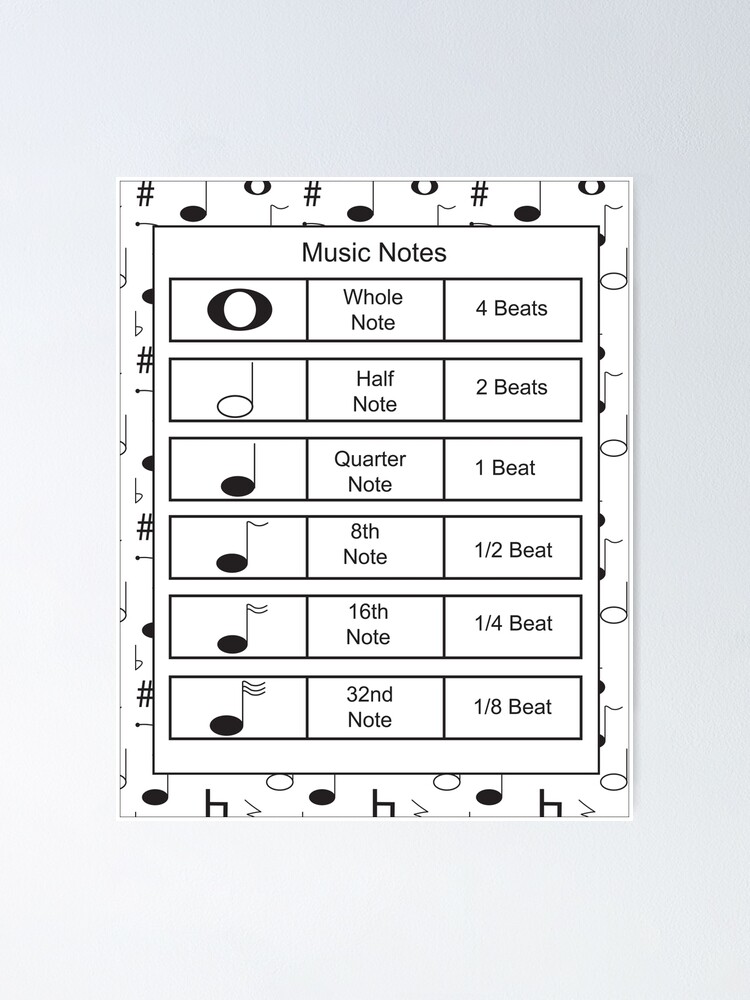


Music Notes Poster By Valeriesgallery Redbubble



Note Beaming And Grouping In Music Theory Musicnotes Now



Introducing Musical Symbols And Notes Piano Lessons Teaching Music Homeschool Music



Rhythm Worksheets Notes And Rests Elementary Music Matching Assessment Rhythm Worksheets Elementary Music Music Worksheets



Beats And Music Notes Symbols Page 1 Line 17qq Com
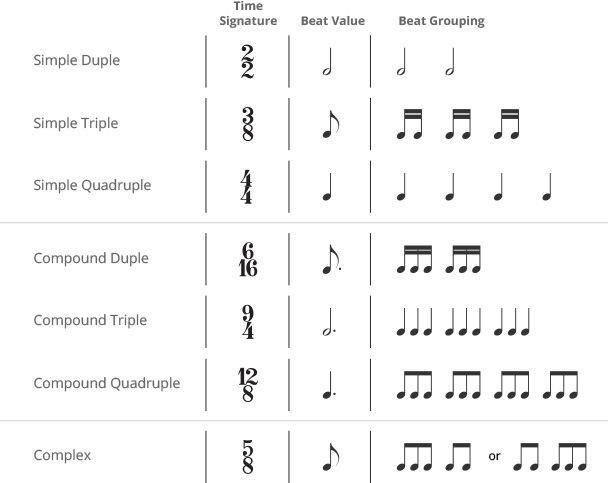


Onmusic Dictionary Topic



Time Signatures What They Mean How To Use Them By Odessa May Fontenelle Music 101 The Absolute Basics Of Music Theory Medium
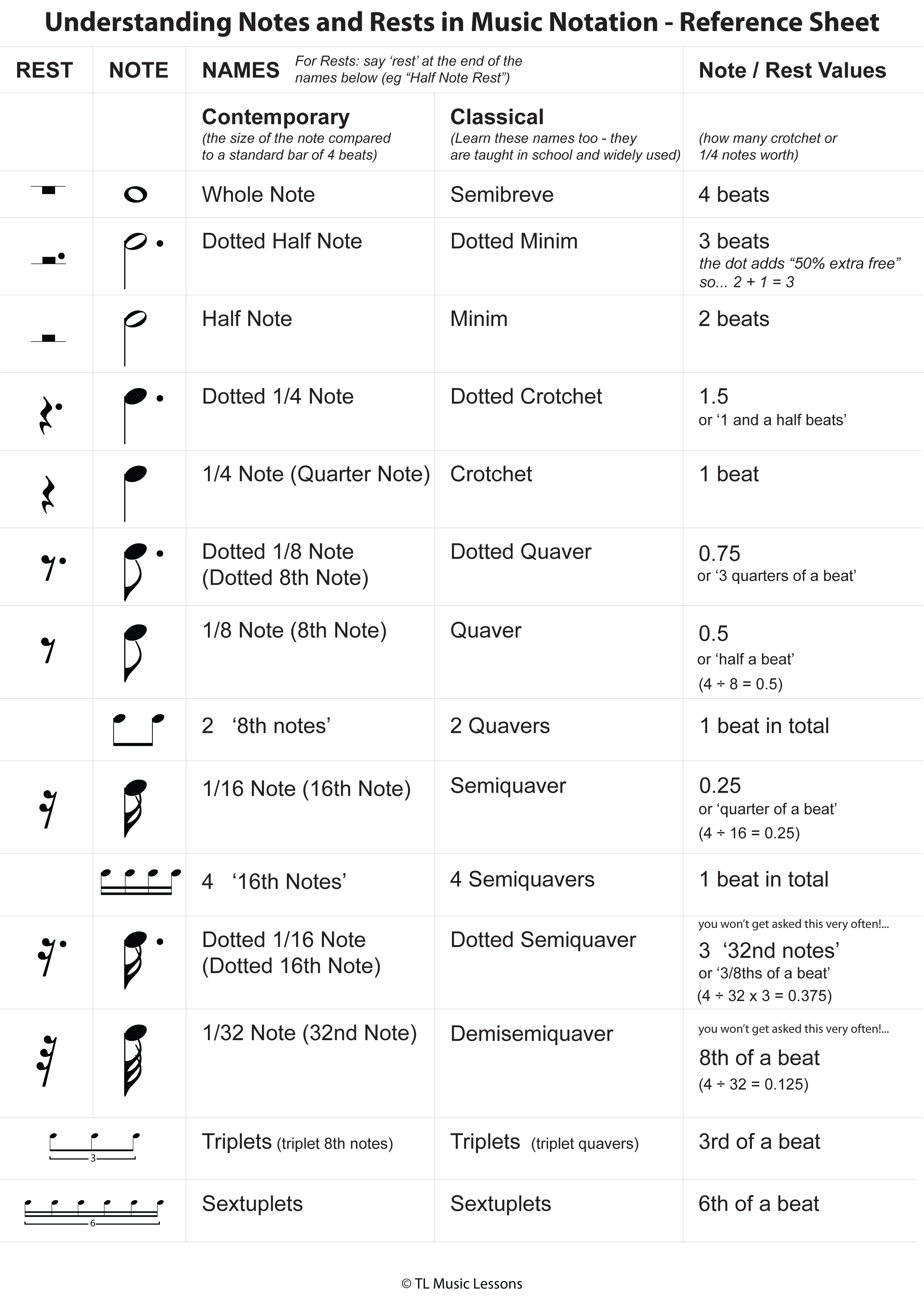


Understanding Notes And Rests In Music Notation Reference Sheet Learn Drums For Free



Music Notes And Rests Sound Silence Youtube



Six Types Of Beats In Music Theory Download Scientific Diagram
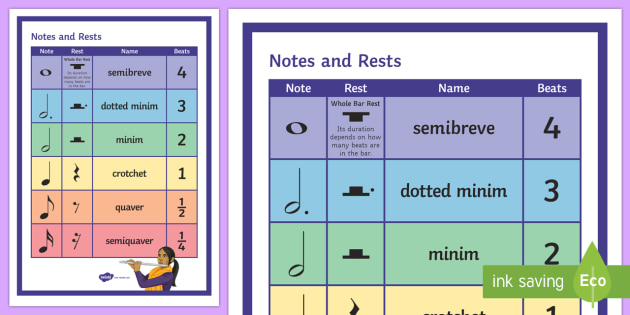


Notes And Rests In Music Poster Resources Twinkl



Counting Dotted Notes Learning Music Notes Violin Music Piano Music Lessons



Music Beats Worksheet Notes Worksheets Picture Jaimie Bleck


Rhythms And Beats Mr Martino S Music



Music Notes Beats Chart Google Search Music Notes Music Teaching Resources Music Book


Free Beginner Drums Lesson 2 Learn To Play Music Blog



Note Values Read Music Method


Untitled



Types Of Musical Notes Hello Music Theory



Beat Chart For Notes And Rests Reference Poster Piano Music Lessons Music Theory Worksheets Reading Sheet Music



Pin On Education



Pin On Music Assessment


Counting Dotted Notes


Untitled
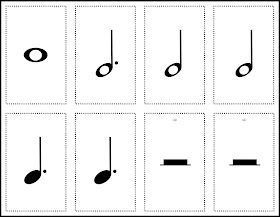


Relentlessly Fun Deceptively Educational A Music Measure Of Math


Music Note Names On Staff And Piano Keyboard Time Values And Symbols
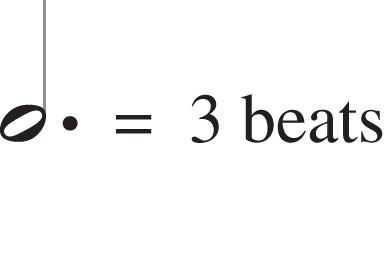


Music Theory For Dummies Cheat Sheet Dummies
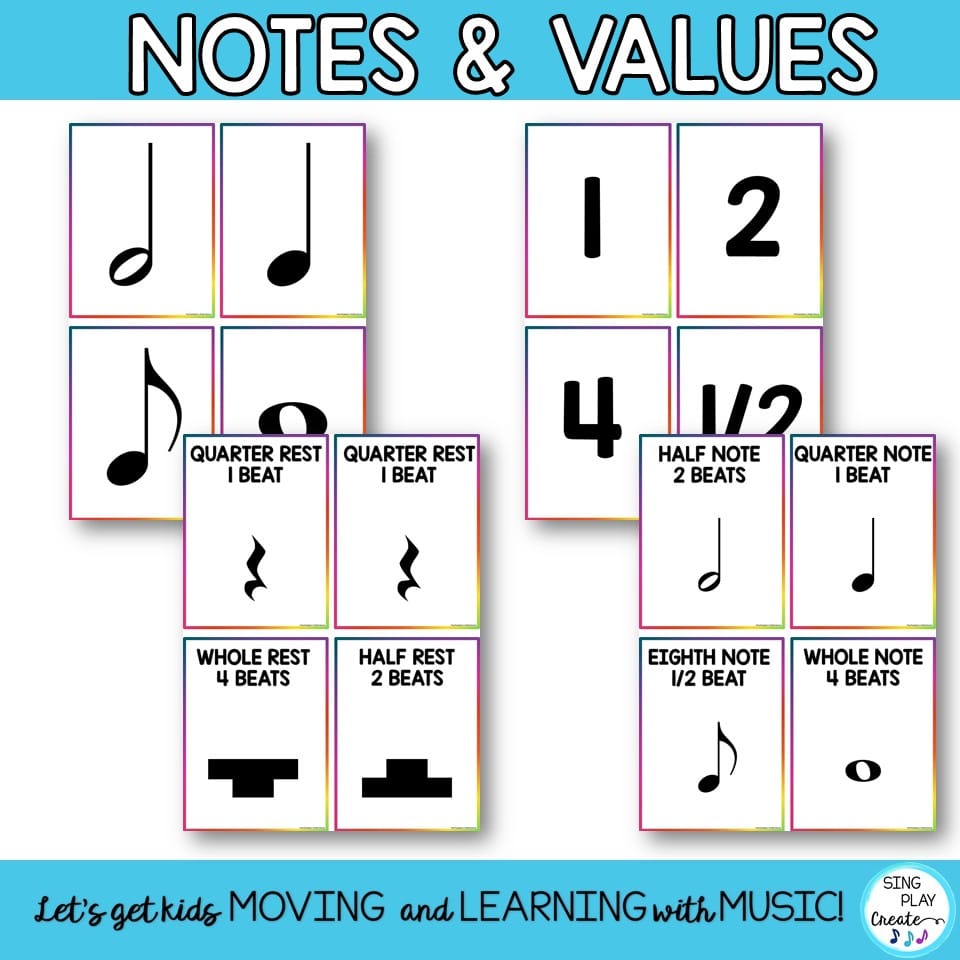


Music Notes Names Lesson Game Flash Cards Flip It Slap It Match It
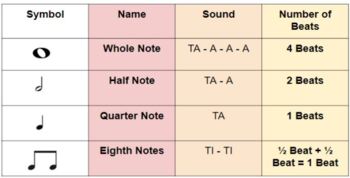


Beginners Music Notes Level 3 By Amanda Carroll Tpt



Amazon Com Ambesonne Music Fabric By The Yard Musical Notes Melody Kids Beats Watercolor Radio Rhythm Vibes Design Stretch Knit Fabric For Clothing Sewing And Arts Crafts 10 Yards Red White
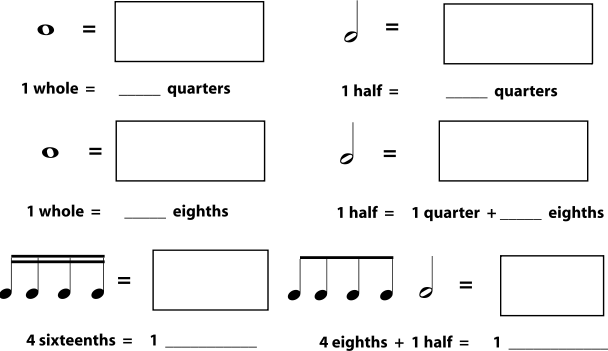


1 2 Time



How To Count Music 13 Steps With Pictures Wikihow



Itt Ty Music Technology Week 2 Notes To Melodies


Q Tbn And9gcqjxmyrqw Dtzivspkjqve8dij59ypg2mjawr7xilgaijo6l3ji Usqp Cau


Q Tbn And9gcqk Cy1ch2 Oh0mbrh9 Aksmijfp2ztw3ocvsomppoytmmrsedq Usqp Cau



A Fun Way To Teach Kids Musical Note Values Let S Play Music Teaching Music Notes Teaching Music Music Worksheets



Rests Music Theory Academy
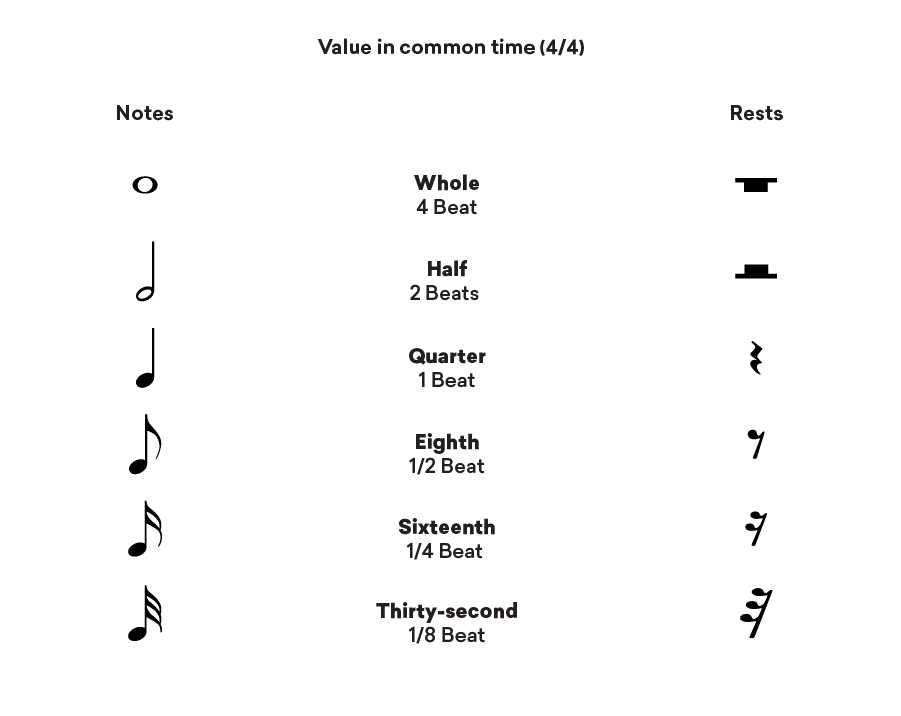


What Is Rhythm How Time Beat And Meter Work In Music Landr Blog



Rhythm Chart North American Terminology Two Pages 1 Notes 2 Rests A Useful Handout For Your Students To Use As Music Rhythm Learn Music Theory Music Theory



Music Note And Rest Chart Google Search Music Notes Music Theory Teaching Music



How Many Beats The Notes And Rests Receive Youtube



Music Note Beats Music Notes Music Teaching Resources Music Book
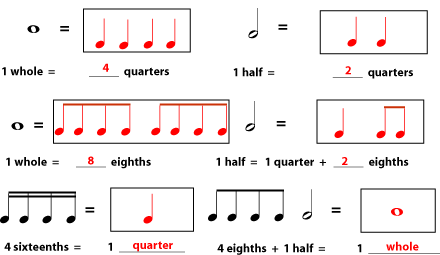


1 2 1 2 2 1 Duration Note Lengths In Written Music Humanities Libretexts
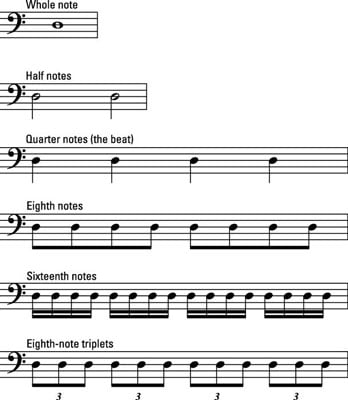


How To Divide Music Into Phrases Measures And Beats To Play The Bass Guitar Dummies
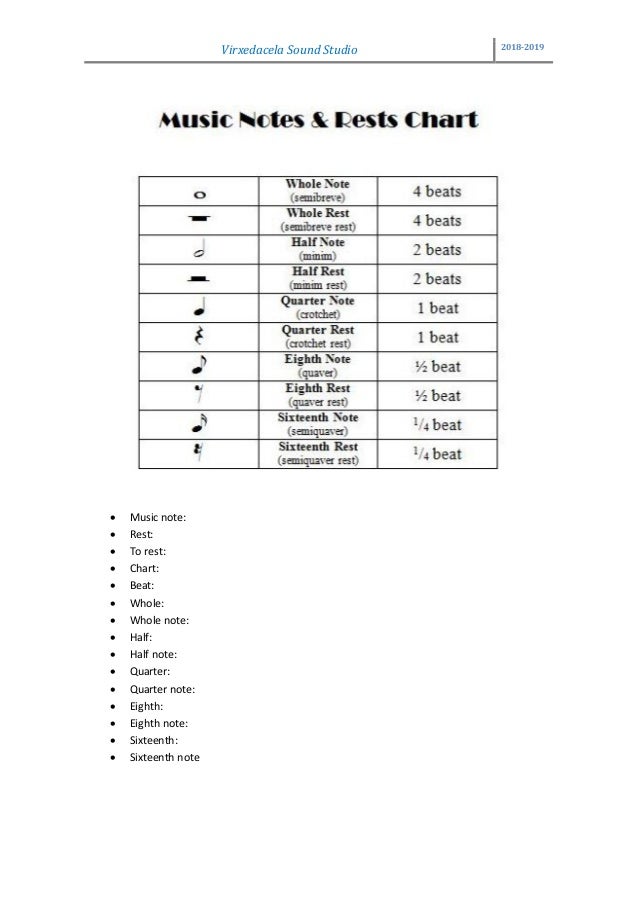


Music Notes And Rests



Tin Whistle Music Notes Vocabulary Note Parts And Rhythm Tin Whistle Classical Conversations Homeschool Homeschool Music Appreciation



Music Notes Names



How To Read Sheet Music Notes For Piano Learn To Play At Home Online



Musical Notes Ukulele Go


Music Theory For Parents
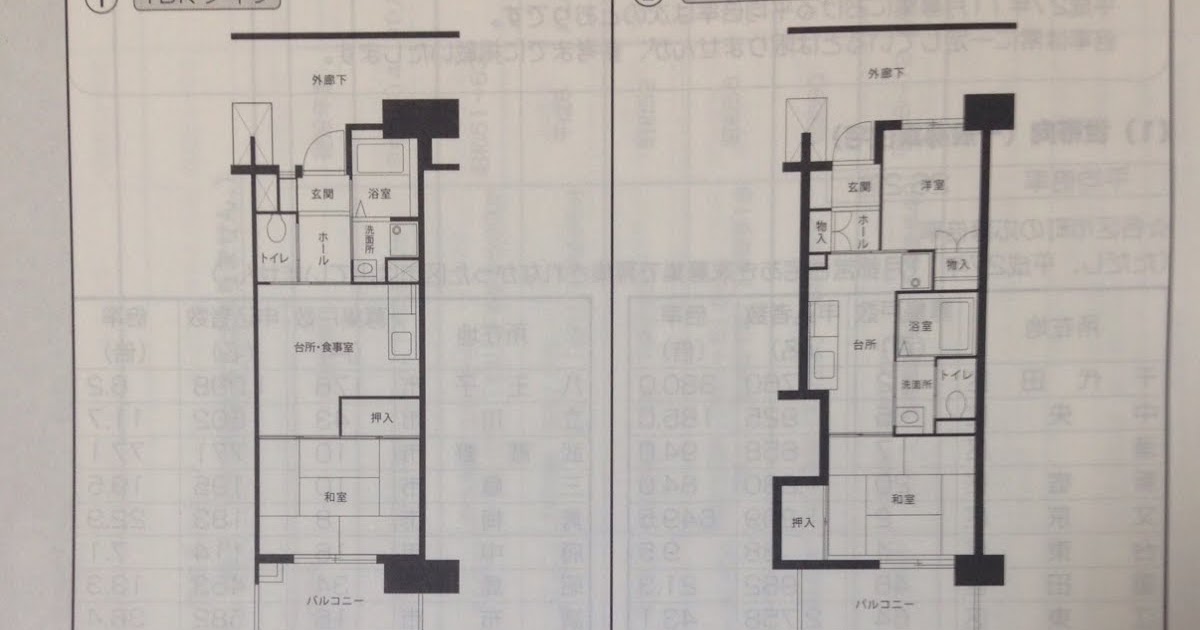


コメント
コメントを投稿